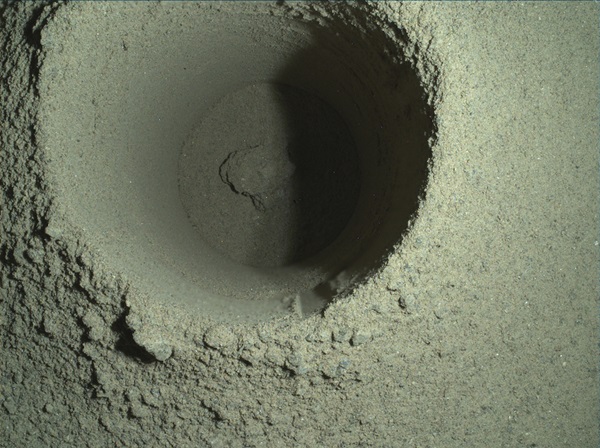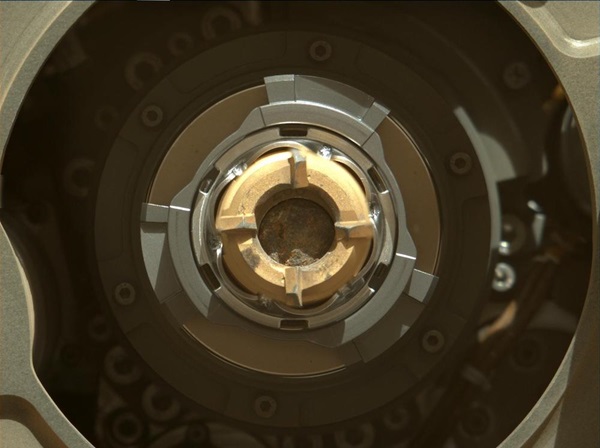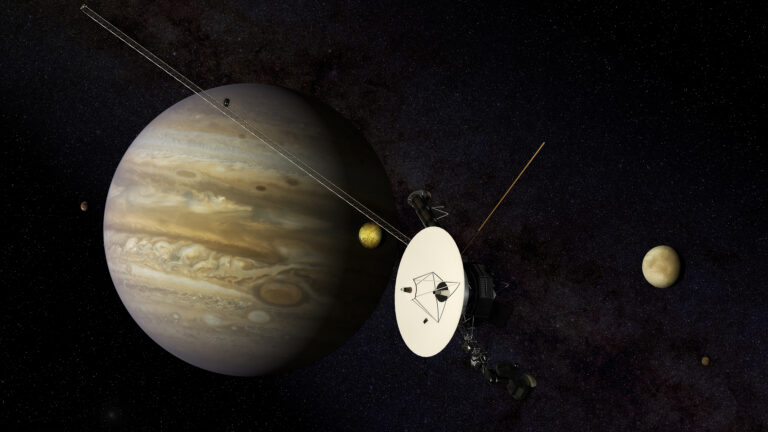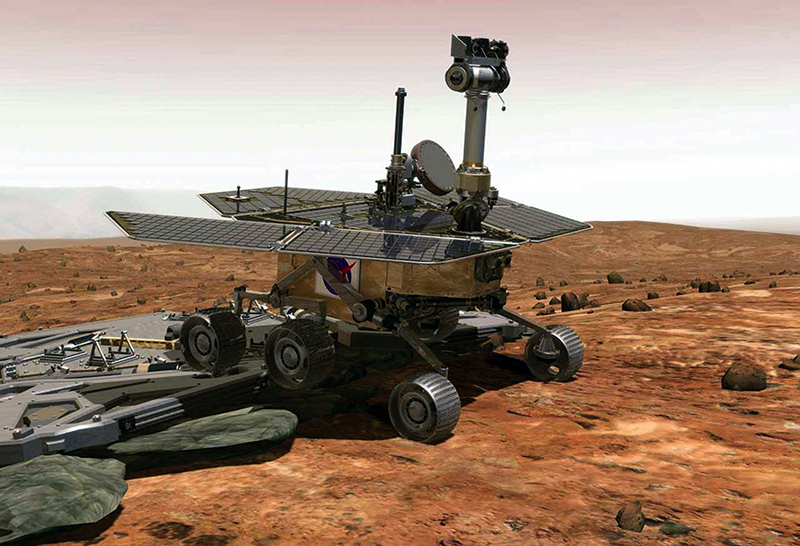Key Takeaways:
NASA’s newest rover is on a mission to not only explore Mars but collect samples for future study on Earth. Perseverance is carrying 43 sample tubes, inside which it will store drilled samples of rock for later collection. The first step in this process, naturally, is storing each sample in a tube.
But on Aug. 6, NASA announced that the rover’s first collection attempt had turned up empty. The autonomous sample collection process saw the rover successfully drill into the rock and place the result into a tube. But a subsequent step — using a probe to measure the volume of the sample in the tube — indicated nothing was inside. “The probe did not encounter the expected resistance that would be there if a sample were inside the tube,” said Perseverance’s surface mission manager, Jessica Samuels of NASA’s Jet Propulsion Laboratory (JPL), in a press release.
Mission controllers were confident the rover’s drill and coring bit had operated properly. So, they concluded, it was the rock that had misbehaved. Called Roubion, this first target is what researchers call a paver stone — flat, polygonal rocks they believe are some of the oldest in the crater. But such rocks are so old and weathered that their crumbly texture thwarted sampling attempts.
To find a better target, controllers drove to a ridge called Citadelle, with outcroppings of rocks very different from the paver stones. And on Sept. 2, Perseverance successfully completed its first sample collection. This time, images from the rover showed the rock core, a bit wider than a pencil, snug in its sample tube.
The team still hopes to revisit sampling a paver stone in the future. Next time, though, they’ll likely target a different, less weathered type of paver in the hopes that such rocks will provide similar information — from inside a sample tube this time.












